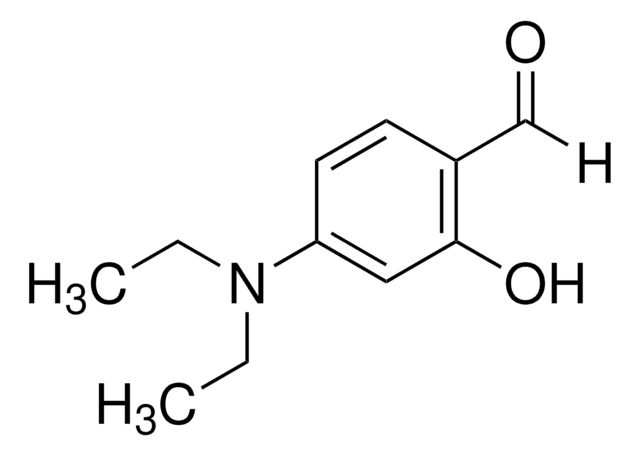440744
Polycaprolactone
average Mn 80,000
Sinonimo/i:
2-Oxepanone homopolymer, 6-Caprolactone polymer
About This Item
Prodotti consigliati
Forma fisica
pellets (~3 mm)
Livello qualitativo
PM
average Mn 80,000
Impurezze
<0.5% water
Punto di fusione
60 °C (lit.)
Densità
1.145 g/mL at 25 °C
Mw/Mn
<2
applicazioni
3D bioprinting
advanced drug delivery
Stringa SMILE
C1CCC(=O)OCC1 (Canonical-SMILES)
InChI
1S/C6H10O2/c7-6-4-2-1-3-5-8-6/h1-5H2
PAPBSGBWRJIAAV-UHFFFAOYSA-N
Cerchi prodotti simili? Visita Guida al confronto tra prodotti
Descrizione generale
- It degrades slower than other biodegradable polyesters in physiological condition, this property can be exploited in the controlled release of drugs in target tissues over a period of time.
- Its poor surface wetting and interaction with biological fluids on account of its hydrophobicity leads to poor cell adhesion and proliferation, hence it is blended with other synthetic /natural polymers.
Applicazioni
- PCL loaded with antibiotics may be used to treat infections of the respiratory tract, like tuberculosis.
- Investigations were carried out based upon phenotypic responses of human bone marrow mesenchymal cells (hBMSCs) for different ratio of chitosan/ polycaprolactone (PCL) blends.
- PCL/biomedical ceramic materials have been studied for possible osteo tissue regeneration.
- Action of PCL/graded insulin/beta-5 glycerophosphate concentrations on osteochondral tissue formation through adipose-derived stromal cell differentiation.
- Other general uses include:extrusion aid, die lubricant, mold release, pigment and filler dispersion aid and polyester segments in urethanes and block polyesters.
Caratteristiche e vantaggi
Non-toxic, biodegradable in soil, broad miscibility, mechanical compatibility with many polymers and good adhesion to a broad spectrum of substrates.
Prodotti correlati
Codice della classe di stoccaggio
11 - Combustible Solids
Classe di pericolosità dell'acqua (WGK)
WGK 3
Punto d’infiammabilità (°F)
Not applicable
Punto d’infiammabilità (°C)
Not applicable
Dispositivi di protezione individuale
Eyeshields, Gloves, type N95 (US)
Scegli una delle versioni più recenti:
Possiedi già questo prodotto?
I documenti relativi ai prodotti acquistati recentemente sono disponibili nell’Archivio dei documenti.
I clienti hanno visto anche
Articoli
We will explore the technological advances that have contributed toward the progress of 3DP of tissue engineering scaffolds, current materials used to create 3DP scaffolds, and the challenges that remain.
In the past two decades, tissue engineering and regenerative medicine have become important interdisciplinary fields that span biology, chemistry, engineering, and medicine.
Innovations in polymer technology have had a significant impact on the advancement of novel drug delivery systems.
Il team dei nostri ricercatori vanta grande esperienza in tutte le aree della ricerca quali Life Science, scienza dei materiali, sintesi chimica, cromatografia, discipline analitiche, ecc..
Contatta l'Assistenza Tecnica.

![2,3,6,7-Tetrahydro-8-hydroxy-1H,5H-benzo[ij]quinolizine-9-carboxaldehyde 98%](/deepweb/assets/sigmaaldrich/product/structures/166/830/a0d9a84a-5623-41a1-a54b-3b0272e5b28c/640/a0d9a84a-5623-41a1-a54b-3b0272e5b28c.png)






